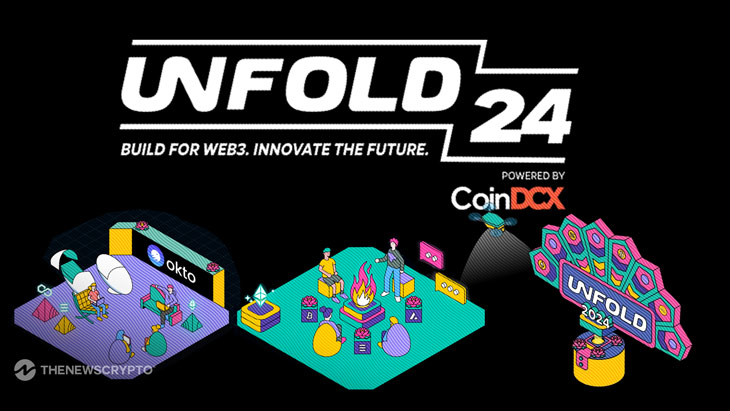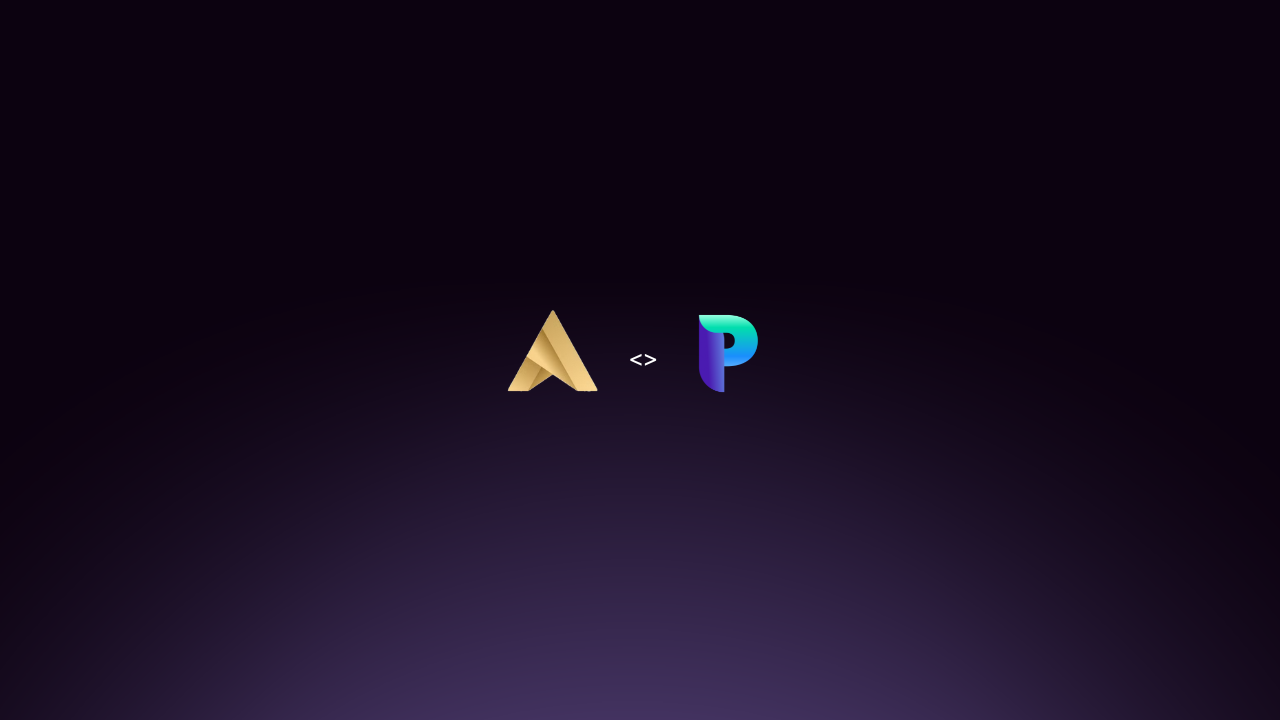
The testnet for DIA’s new modular oracle infrastructure, Lumina, which aims to increase integration flexibility, scalability, and transparency, has been launched. Lumina, which enables data aggregation, verification, and distribution across blockchains, was created to overcome major problems with current oracles.
With support for numerous communications protocols, compatibility with non-EVM chains, and extensive data traceability, its architecture sets it apart from other Oracle solutions like Chainlink and API3.
According to Zygis Marazas, head of product at DIA, Lumina provides complete visibility into the entire process, whereas previously access to oracle data’s origins and flow was frequently opaque. The complete data journey, from the source to the final price calculation, is clearly visible to users, Marazas added. The goal of this strategy is to increase confidence in the quality and dependability of data.
Participation will be restricted on the testnet, which went live today. The mainnet, on the other hand, will function as a completely permissionless network and is expected to be released in Q1 2025. Without DIA’s team being directly involved, additional chains and assets that need Oracle services may plug in in addition to nodes. Manual onboarding procedures are no longer necessary as a result.
“You can set up your own oracles if you wish, completely permissionlessly,” Marazas explained. Developers working on specialized blockchain ecosystems and new rollups, where speed and autonomy are crucial, are anticipated to find this capabilities appealing.
Aiham Jaabari informed Blockworks that this feature should allow the long tail of assets to enter DeFi. DIA oracles are used by Silo Finance, which Jaabari co-founded.
Jaabari said:
“Very few oracle providers provide data feeds beyond the blue chips — so that’s why we’re kind of excited about Lumina. Technically speaking, you can actually create an oracle permissionlessly on a [layer-2] for really any token asset.”
The architecture of Lumina is designed to include a large number of data sources. Lumina guarantees accuracy and wide coverage by combining data from several sources, such as external APIs and blockchain networks.
Marazas added:
“You can get data from any source — offchain or onchain — from the hundreds of feeds that exist right now in the market.
Lumina uses Lasernet, an OP Stack-based rollup, to improve scalability. Since Lumina utilizes Celestia for data availability, its rollup is an optimium, which is the optimistic rollup counterpart of a validium. In keeping with the larger modular trend, Marazas said that the team was pleased with Celestia’s plan to one gigabyte blocks and believes the scalability advantages exceed the little risk associated with introducing a dependency.
Lumina is designed to accommodate non-EVM ecosystems like Cosmos and Move-based chains, even if it is optimized for Ethereum rollups. Although it may utilize other standards if necessary, it employs Hyperlane as a cross-chain communications mechanism. Support for both push and pull data delivery methods adds to Lumina’s versatility by letting customers choose the strategy that best meets their requirements.
He added:
“Some customers prefer [a] pull-based approach, where they can get prices on demand, but there are other cases where push-based [updates] can be more efficient.”
In the end, Silo’s Jaabari views the flexibility as a selling advantage.
Jaabari added:
“Having control over the oracle is as important as the feed itself because there’s no one methodology that fits all assets.”
As “the cheapest way to process the data and make it available,” Jaabari is another supporter of the layer-2 approach.
One of the main components of Lumina’s roadmap is decentralization. DIA intends to progressively expand participation to everyone in 2025, incorporating staking and cutting procedures to assure data accuracy, even though the testnet will initially depend on whitelisted data feeders.
Marazas further stated:
“The vision of our protocol is that eventually it is going to run without the core team being involved.”






